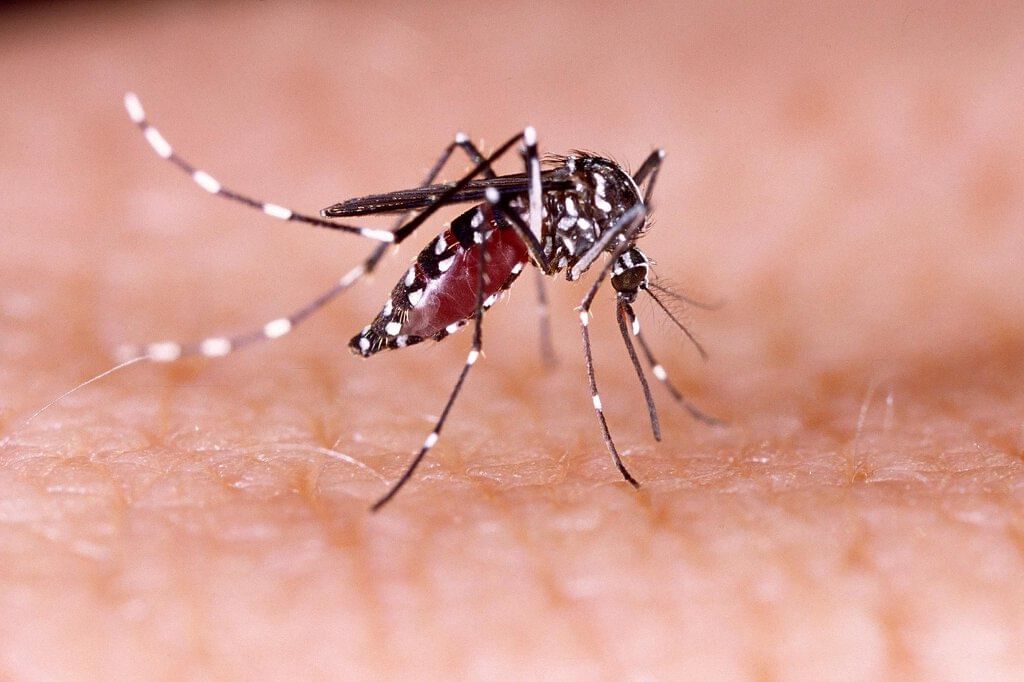The Hindu Editorial Analysis- 13th August 2024 | Current Affairs & Hindu Analysis: Daily, Weekly & Monthly - UPSC PDF Download

More and Better
Why in News?
Since the Zika outbreak began on June 20, when the first case was reported from Pune, confirmed cases have been slowly but steadily rising. As of August first week, Maharashtra has reported 88 confirmed cases. Pune city, the epicentre, alone accounts for 73 cases, while six are from Pune rural. Of the total number reported so far, at 37, pregnant women alone account for half the number of confirmed infections.
About the Zika Virus
- Zika virus disease is caused by a virus belonging to the Flavivirus genus within the Flaviviridae family.
- Zika is mainly spread through the bite of certain infected mosquitoes, such as Aedes aegypti and Aedes albopictus, which also transmit dengue and yellow fever.
- Zika virus infection can lead to microcephaly in newborns, a condition where the head is smaller than normal, and Guillain-Barré syndrome, a rare nerve ailment causing muscle weakness and paralysis.
- The virus was named after the Zika Forest in Uganda, where it was first identified in 1947 with the first human case reported in 1952.
- A significant Zika epidemic occurred in Brazil in 2015.
- In 2016, the World Health Organization (WHO) declared Zika, along with certain neurological conditions and microcephaly, as a Public Health Emergency of International Concern (PHEIC).
- In India, Zika virus cases were found in Gujarat, Madhya Pradesh, and Rajasthan in 2018, and in Kerala and Maharashtra in 2021, though no cases of Zika-related microcephaly were reported.
Structure
- Zika virus is a type of virus with one strand of RNA that belongs to the Flaviviridae family.
- There are two main groups of the virus, the African lineage and the Asian lineage, which are found in different parts of the world.
- In Africa, the virus mainly affects monkeys and apes first, then spreads to humans as a secondary host. In Asia, humans are the primary hosts.
- The Zika virus has RNA that is translated into a single polyprotein containing three important proteins: capsid (C), membrane (M), and envelope (E), along with seven other proteins.
- The virus is made up of structural proteins, as the name suggests.
- Other proteins known as nonstructural proteins help in replicating the virus's genetic material and packaging it, as well as influencing how the virus interacts with its host.
- Scientists used a method called cryo-electron microscopy to see the detailed structure of the Zika virus for the first time.

Transmission Modes
- Zika virus spreads mainly through the bite of a mosquito called Aedes aegypti.
- Other ways the virus can spread:
- Through having sex with an infected person.
- From blood transfusions or organ transplants.
- From a pregnant woman to her baby before birth because the virus can cross the placenta.
- Diagnosing Zika virus disease:
- Doctors primarily look for the virus's genetic material in samples like blood, saliva, urine, and others.
Symptoms
- The time it takes for symptoms to show up after a mosquito bite ranges from three to twelve days.
- Around 80% of cases do not show any symptoms.
- Common signs include a rash that is raised and red, joint pain, tiredness, eye redness without pus, muscle pain, and a headache.
- The rash often starts on the face and then spreads to the rest of the body. Pain behind the eyes and stomach issues are less frequent.
Treatment
- There is no vaccination or way to prevent Zika virus.
- Treating Zika focuses on symptom relief, like drinking fluids, reducing pain, and using antihistamines for itching.
- To stop Zika from spreading, we need to watch for Aedes mosquitos and manage them carefully.
- To control these mosquitos, we can change the environment, wear protective clothes, use bug spray, introduce fish that eat mosquito larvae, and use chemicals to kill larvae and adult mosquitos.
Challenges
The challenges in India’s Zika virus management are listed below:
- Limited understanding: about the virus's spread and how it interacts with other similar viruses like dengue.
- Limited testing capability and issues with tests that detect antibodies for related viruses.
- Lack of widespread immunity: in newly affected regions. The movement of people and infected travelers across borders is a big problem.
- No vaccines or medicines available: to treat microcephaly and other birth-related issues in babies, as well as conditions like Guillain-Barre syndrome and other brain disorders.
- Additional concerns: Good breeding conditions for Aedes mosquitoes. Not enough monitoring of these disease-carrying insects. Poor funding and facilities in India's healthcare system lead to ineffective responses to outbreaks.
PYQs on Zika virus
Question 1: Consider the following statements: (UPSC Prelims 2015)
1. In tropical regions, Zika virus disease is transmitted by the same mosquito that transmits dengue.
2. Sexual transmission of Zika virus disease is possible.
Which of the statements given above is/are correct?
a)1 only
b) 2 only
c) Both 1 and 2
d) Neither 1 nor 2
Answer: (c)
|
38 videos|5288 docs|1117 tests
|
FAQs on The Hindu Editorial Analysis- 13th August 2024 - Current Affairs & Hindu Analysis: Daily, Weekly & Monthly - UPSC
| 1. What are the key points discussed in The Hindu editorial on "More and Better"? |  |
| 2. How does the editorial suggest achieving the goal of "More and Better"? |  |
| 3. What are some examples provided in the editorial to illustrate the concept of "More and Better"? |  |
| 4. How does the editorial address the potential challenges in achieving "More and Better"? |  |
| 5. What is the overall message conveyed in The Hindu editorial on "More and Better"? |  |





















